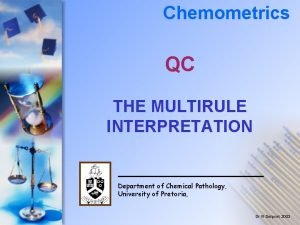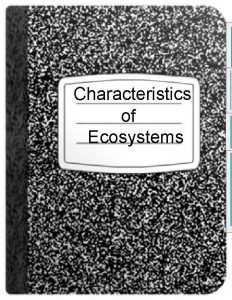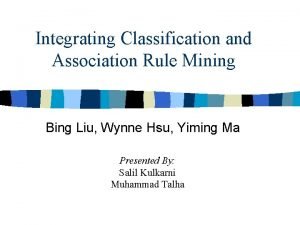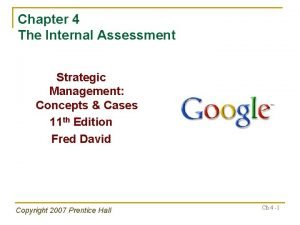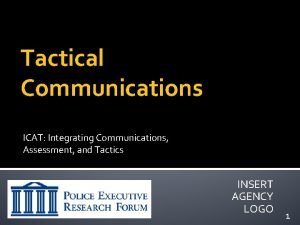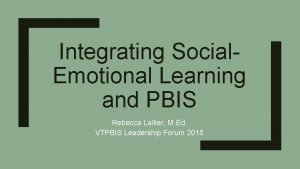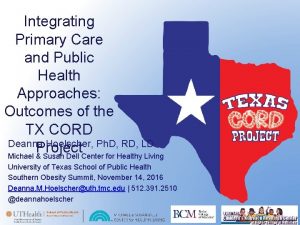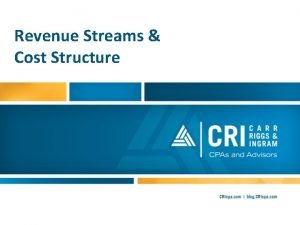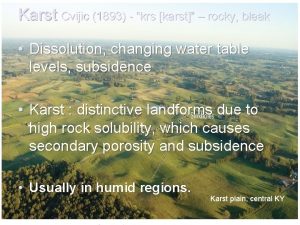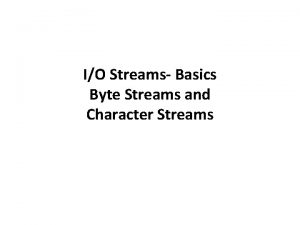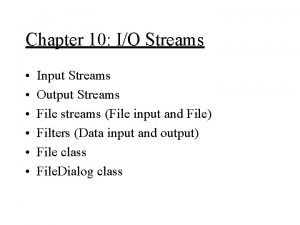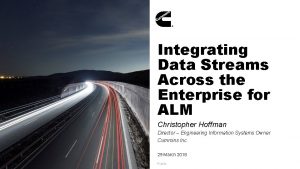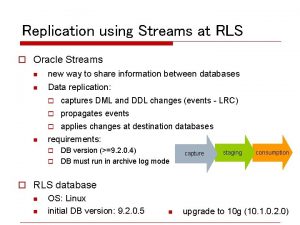Integrating Evidence Within and Across Evidence Streams Using


















- Slides: 18

Integrating Evidence Within and Across Evidence Streams Using Qualitative Methods Kris Thayer, National Center for Environmental Assessment (NCEA) Integrated Risk Information System (IRIS) Division Director Evidence integration in Risk Assessment: The Science of Combining Apples and Oranges October 25 -26, 2017 (Lisbon, Portugal) Office of Research and Development NCEA, IRIS

Disclaimer: The views expressed in this presentation are those of the author(s) and do not necessarily represent the views or policies of the U. S. Environmental Protection Agency. Office of Research and Development NCEA, IRIS

Key Considerations for Weighing Evidence* • Reliability is the extent to which the information comprising a piece or line of evidence is correct, i. e. how closely it represents the quantity, characteristic or event that it refers to. This includes both accuracy (degree of systematic error or bias) and precision (degree of random error). • Relevance is the contribution a piece or line of evidence would make to answer a specified question, if the information comprising the evidence was fully reliable. In other words, how close is the quantity, characteristic or event that the evidence represents to the quantity, characteristic or event that is required in the assessment. This includes biological relevance (EFSA, 2017) as well as relevance based on other considerations, e. g. temporal, spatial, chemical, etc. • Consistency is the extent to which the contributions of different pieces or lines of evidence to answering the specified question are compatible *Section 2. 5, EFSA 2017 Wo. E Guidance https: //www. efsa. europa. eu/en/efsajournal/pub/4971 2

Trends in Weighing Evidence/Evidence Integration • Conclusions expressed as some version of certainty/confidence in a body of evidence • Integrating evidence across streams can be qualitative or quantitative, but qualitative is far more common • Typically, conclusions are reached within stream (or line of evidence) prior to integrating across streams • Assessment protocols often include development of preliminary analysis plan to identify best available evidence from what may be a large, complex evidence base 3

Within Evidence Stream (Line of Evidence) Conclusions Prior to Across IARC NTP-OHAT EFSA 2017 Wo. E mechanistic information used to increase/decrease integrated conclusions from human and nonhuman animal evidence EPA-IRIS 4

Examples of Wo. E Criteria and Guidance* *Section 2. 5, Table B. 3* EFSA 2017 Wo. E Guidance https: //www. efsa. europa. eu/en/efsajournal/pub/4971 5

Observations on the Wo. E Examples from Table B. 3 • Many - probably most - are a list of considerations (e. g. , Bradford Hill) rather than structured frameworks that provide guidance for how to apply the considerations • Same essential content, but variation in terminology – e. g. , relevance ≈ directness ≈ applicability – e. g. , reliability ≈ study quality ≈ risk of bias • Use of structured frameworks for Wo. E becoming more common in chemical assessments for evidence synthesis/integration – GRADE is common starting point (Morgan et al. 2016) in Table B. 3 – NTP OHAT (Rooney et al. 2014 in Table B. 3), UCSF Navigation Guide, EPA IRIS are derived from GRADE • Ongoing collaborations with GRADE Working Group to develop GRADE guidance to avoid derivatives 6

GRADE Structured Framework • • Widely used (100+ organizations) Includes consideration of Wo. E factors (as characterized in Table B. 3) – Reliability (risk of bias, imprecision, publication bias) – Relevance (directness, confounding, study design) – Combination reliability/relevance (effect size, dose-response) – Consistency (unexplained inconsistency) • Compared to other approaches in EFSA Wo. E Table B. 3, GRADE conducts research and develops guidance to operationalize consideration of Wo. E factors – Publications, handbook, software application (GRADEpro/GDT), bi-annual meetings, use of case examples to address methodological challenges – GRADE Working Group has open and free membership www. gradeworkingroup. org • GRADE is dedicated to method development and adaptable, e. g. , has GRADE 7 frameworks for interventions, prognostic factors, values and preferences, etc.

Certainty in the Evidence: How Confident in the Research • • • Are the research studies well done? Risk of bias Are the results consistent across studies ? Inconsistency How directly do the results relate to the question? Indirectness Is the association precise - due to random error? Imprecision Are these all of the studies that have been conducted? Pub. Bias Is there anything else that makes us particularly certain? Large associations, worst case scenario predictors still allows strong conclusions, exposure-effect relation 8

Interpreting the certainty in the evidence

Experience in Applying GRADE to Chemical Assessments • Initial reactions range from “great, we can work with this” to “too simplistic, based on RCTs and won’t work for environmental health evidence, devalues epidemiological research, inflexible/algorithmic” • GRADE Environmental Health Project Group established 2015 to address methodological issues (Morgan et al. , Environ Int. 2016 Jul-Aug; 92 -93: 6116) • Priority areas: – Evaluation of observational studies of environmental and occupational exposure – Application of GRADE to animal, mechanistic, and modelled evidence – How integrate across evidence streams? – How assess biological plausibility? – How assess coherence and consistency (GRADE downgrades for unexplained inconsistency, but does not “upgrade” for coherence/consistency) 10

GRADE Environmental Health Project Group Activities Issue Activity Impact/Status Epidemiological Evidence ROBINS-E Ro. B tool (uses concept of comparison to ideal target experiment) Workshop: “Developing ROBINS-I* for studies of exposures (ROBINS-E). January 30 -31, 2017” Remove study design from initial Ci. E (all studies start at high), remove double downgrading concerns Animal Evidence Numerous groups have applied GRADE to animal evidence (preclinical and toxicological) GRADE factors apply; additional examples and discussion needed to develop guidance Mechanistic Evidence ---- Modelled Evidence Workshop: “GRADE for modelled GRADE factors apply; additional examples evidence. May 15 -16, 2017. Mc. Master and discussion needed to develop guidance University. Hamilton” Evidence Integration Numerous groups are using GRADEderived approaches for within evidence stream input (parallel consideration approach) additional examples needed to develop guidance Rapid Response Applying GRADE to non-systematic reviews under urgent timelines GRADE factors apply; additional examples needed to develop guidance * Stern et al. ROBINS-I: a tool for assessing risk of bias in non-randomised studies of interventions. BMJ. 2016 Oct 12; 355: i 4919. doi: 10. 1136/bmj. i 4919. 11

Examples of Applying GRADE to Chemical Assessments Office of Research and Development NCEA, IRIS

UCSF Navigation Guide: PFOA and Fetal Growth Nonhuman animal = moderate quality, sufficient strength Human = moderate quality, sufficient strength Integration of human and animal evidence led to conclusion of “known” to be toxic to human reproduction and development 13

NTP-OHAT PFOA and Suppression of Antibody Response Relevant mechanistic data (e. g. , effects of PFOA on key cell populations, antigen processing and cell activation, or cytokines important for cell signaling during the antibody response) were not considered to provide evidence to support or refute the biological plausibility of PFOA-associated suppression of the antibody response. “NTP concludes that PFOA is presumed to be an immune hazard to humans based on a high level of evidence that PFOA suppressed the antibody response from animal studies and a moderate level of evidence from studies in humans” NTP (National Toxicology Program). 2016. Monograph on Immunotoxicity Associated with Exposure to Perfluorooctanoic acid (PFOA) and perfluorooctane 14 sulfonate (PFOS). Research Triangle Park, NC: National Toxicology Program. http: //ntp. niehs. nih. gov/ntp/ohat/pfoa_pfosmonograph_508. pdf

NAS (2017) Low Dose Toxicity From Endocrine Active Chemicals Mechanistic evidence: “The mechanistic data developed in vitro and in animal models provide evidence that the DEHP effects on AGD in humans identified by the committee’s systematic review are biologically plausible…. but were not sufficient to result in an upgrade in the committee’s final hazard identification. ” Final Hazard Conclusion on AGD On the basis of the committee’s evidence integration of the animal and the human evidence on DEHP and effects on AGD and consideration of relevant mechanistic data, the committee concluded that DEHP is presumed to be a reproductive hazard to humans. 15

GRADE and Rapid Response 16

Questions/Comments? Office of Research and Development NCEA, IRIS
 Process indicators enable software project manager to
Process indicators enable software project manager to Within run and across run meaning
Within run and across run meaning Bill nye rivers and streams
Bill nye rivers and streams Travelers among mountains and streams
Travelers among mountains and streams Middle course of a river
Middle course of a river Integrating classification and association rule mining
Integrating classification and association rule mining A firm's strengths that cannot be easily matched
A firm's strengths that cannot be easily matched Non exact differential equation calculator
Non exact differential equation calculator Integrating science and social studies
Integrating science and social studies Internal assessment strategic management
Internal assessment strategic management Integrating qualitative and quantitative methods
Integrating qualitative and quantitative methods Integrating communications assessment and tactics
Integrating communications assessment and tactics Integrating sel and pbis
Integrating sel and pbis Integrating public health and primary care
Integrating public health and primary care Gulf stream
Gulf stream Cost streams
Cost streams Streams aq: waiting for messages in the queue
Streams aq: waiting for messages in the queue Karst topography diagram
Karst topography diagram In the desert, ephemeral streams _____.
In the desert, ephemeral streams _____.

